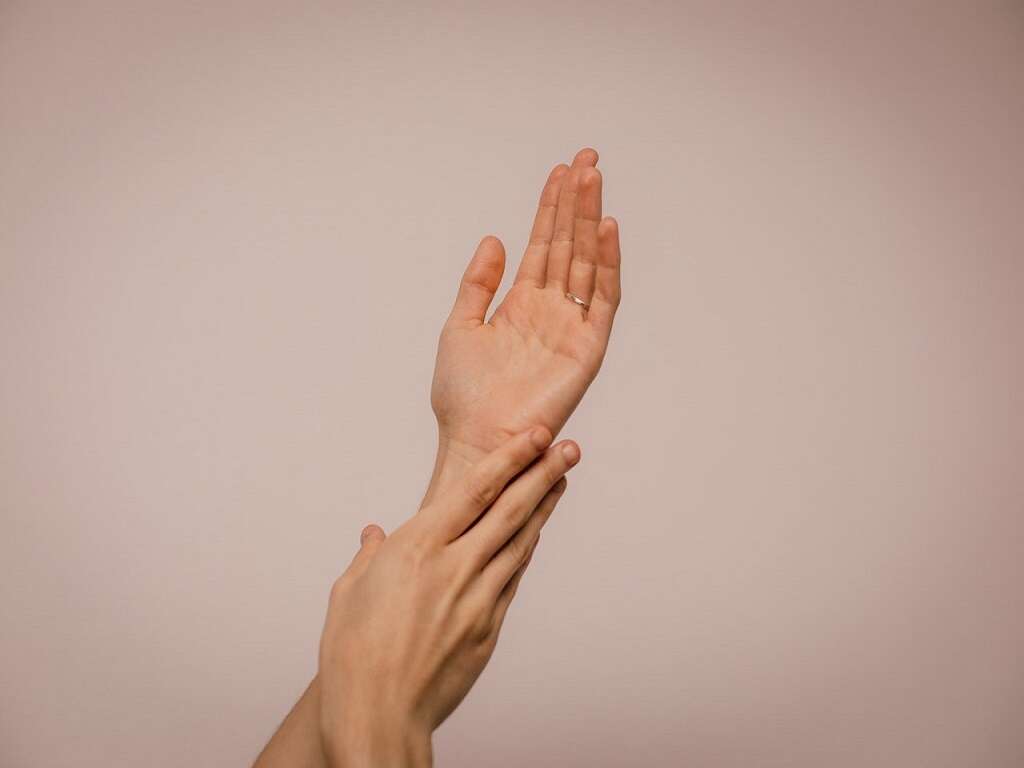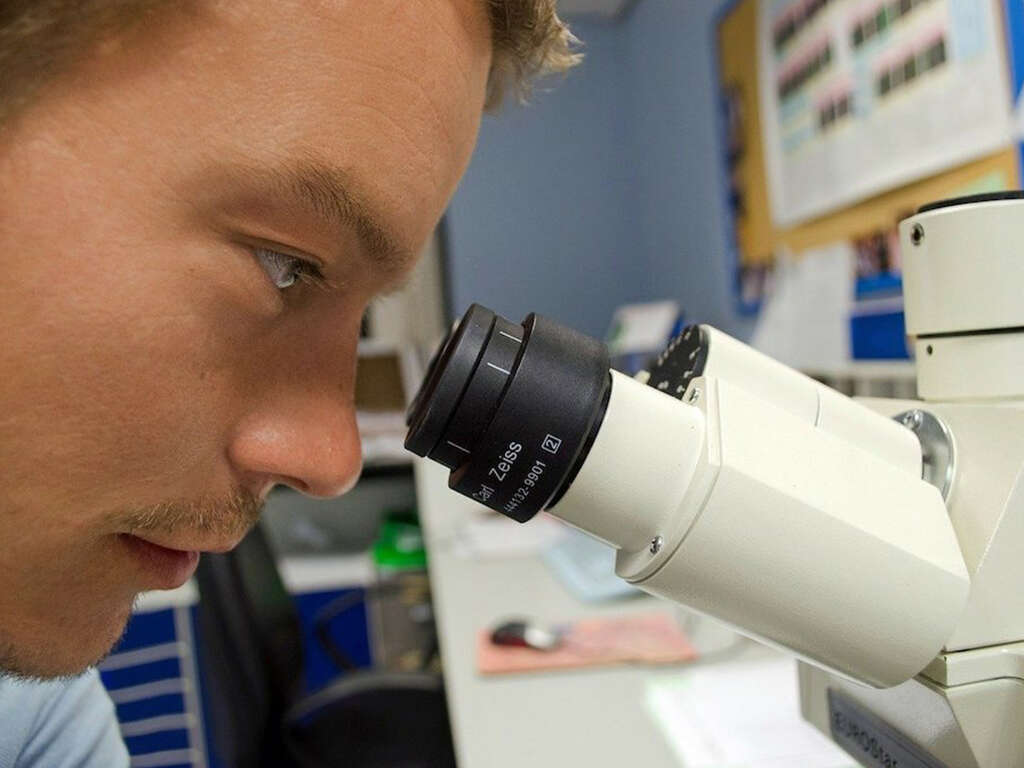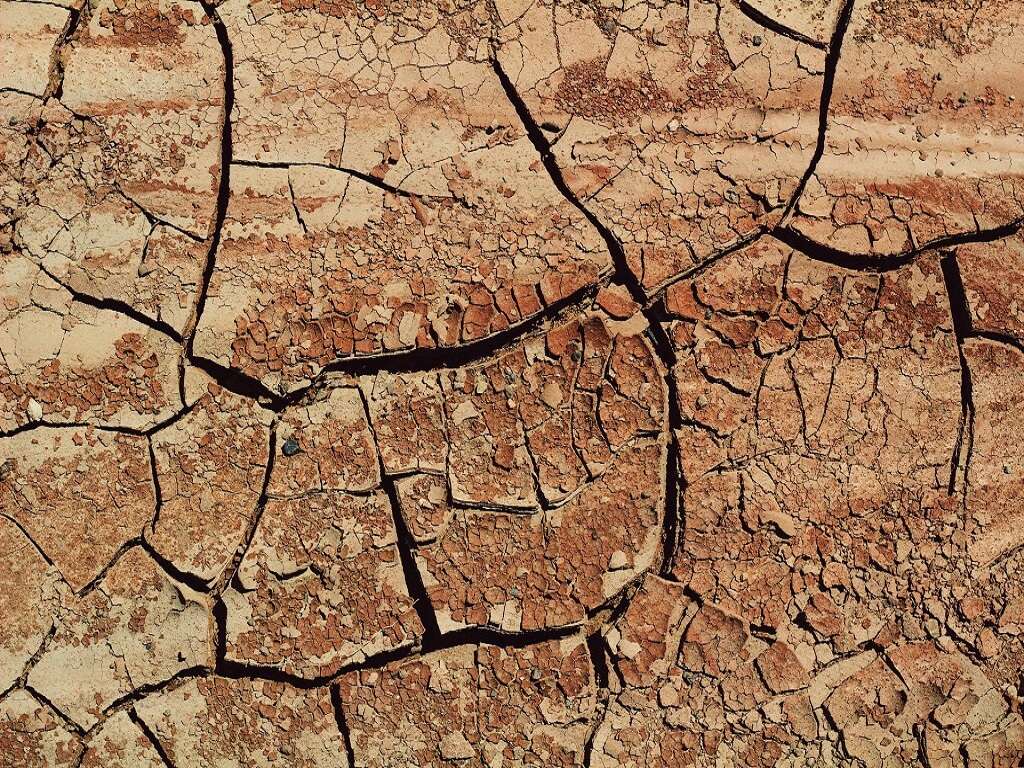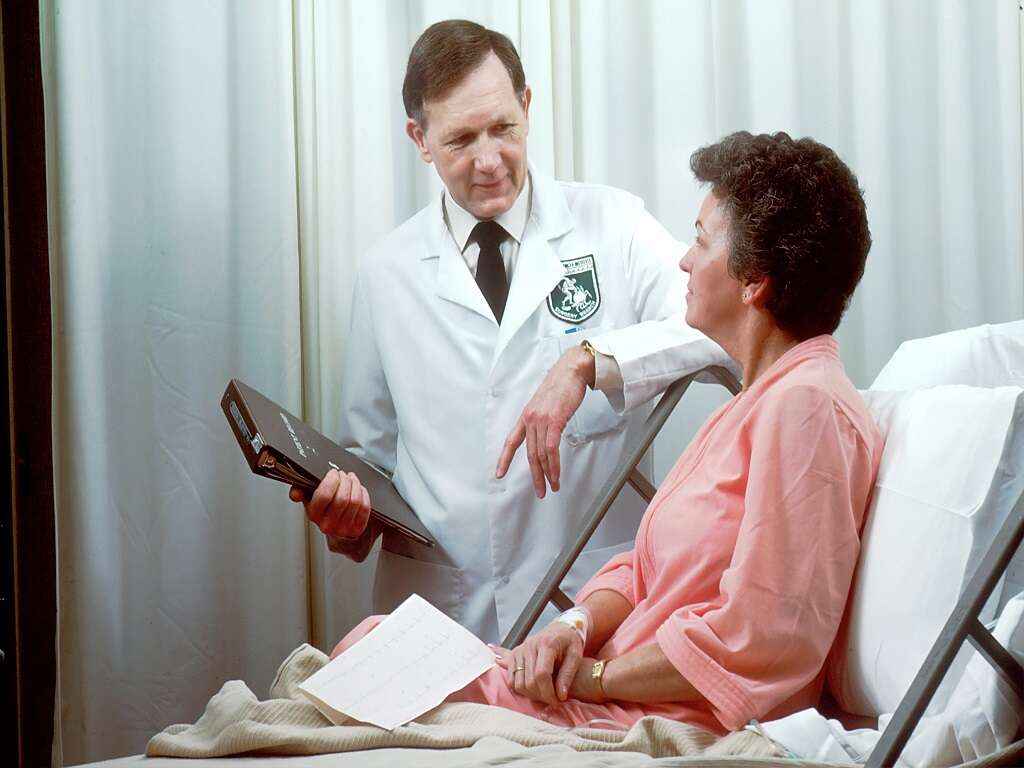10 FAQs About the Hypodermis
 Article Sources
Article Sources
- 1. Yousef, Hani. 'Anatomy, Skin (Integument), Epidermis.' U.S. National Library of Medicine, 27 July 2020, www.ncbi.nlm.nih.gov/books/NBK470464
- 2. Saldana, José Ignacio. 'Macrophages.' British Society for Immunology, www.immunology.org/public-information/bitesized-immunology/cells/macrophages
- 3. Biga, Lindsay M., et al. '5.3 Functions of the Integumentary System.' Anatomy Physiology, OpenStax/Oregon State University, open.oregonstate.education/aandp/chapter/5-3-functions-of-the-integumentary-system
- 4. 'Administering Drugs via a Subcutaneous Injection.' Nursing Times, 7 Apr. 2021, www.nursingtimes.net/clinical-archive/assessment-skills/injection-technique-2-administering-drugs-via-the-subcutaneous-route-28-08-2018
Supports Skin Structure
The hypodermis connects the other layers of skin to the underlying fascia of muscles and bones through its loose connective tissue, or adipose. This layer contains collagen and elastin fibers that provide the primary structural support for the skin.
Without this connective tissue, the skin would slide off of the bones and muscles underneath. As the body ages, the hypodermis loses form due to changes in the stored fat cells, which can then lead to thinning and loose skin.
Advertisement











